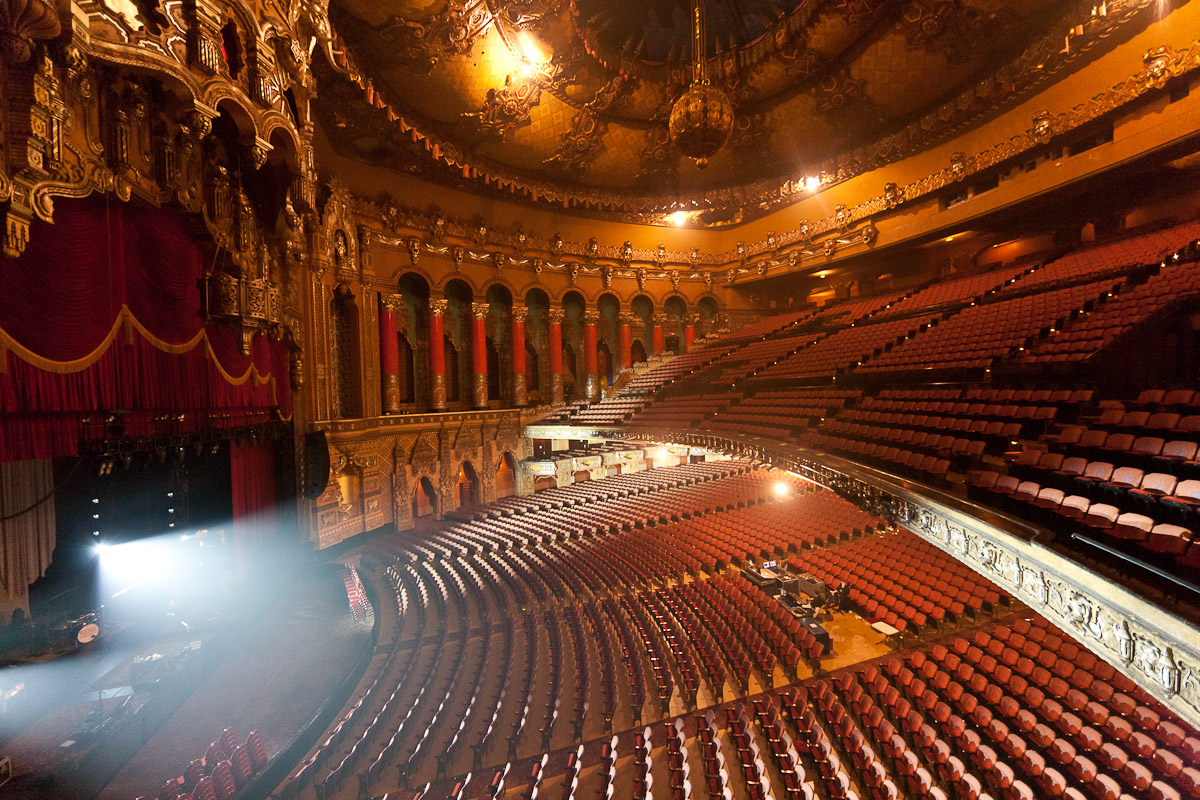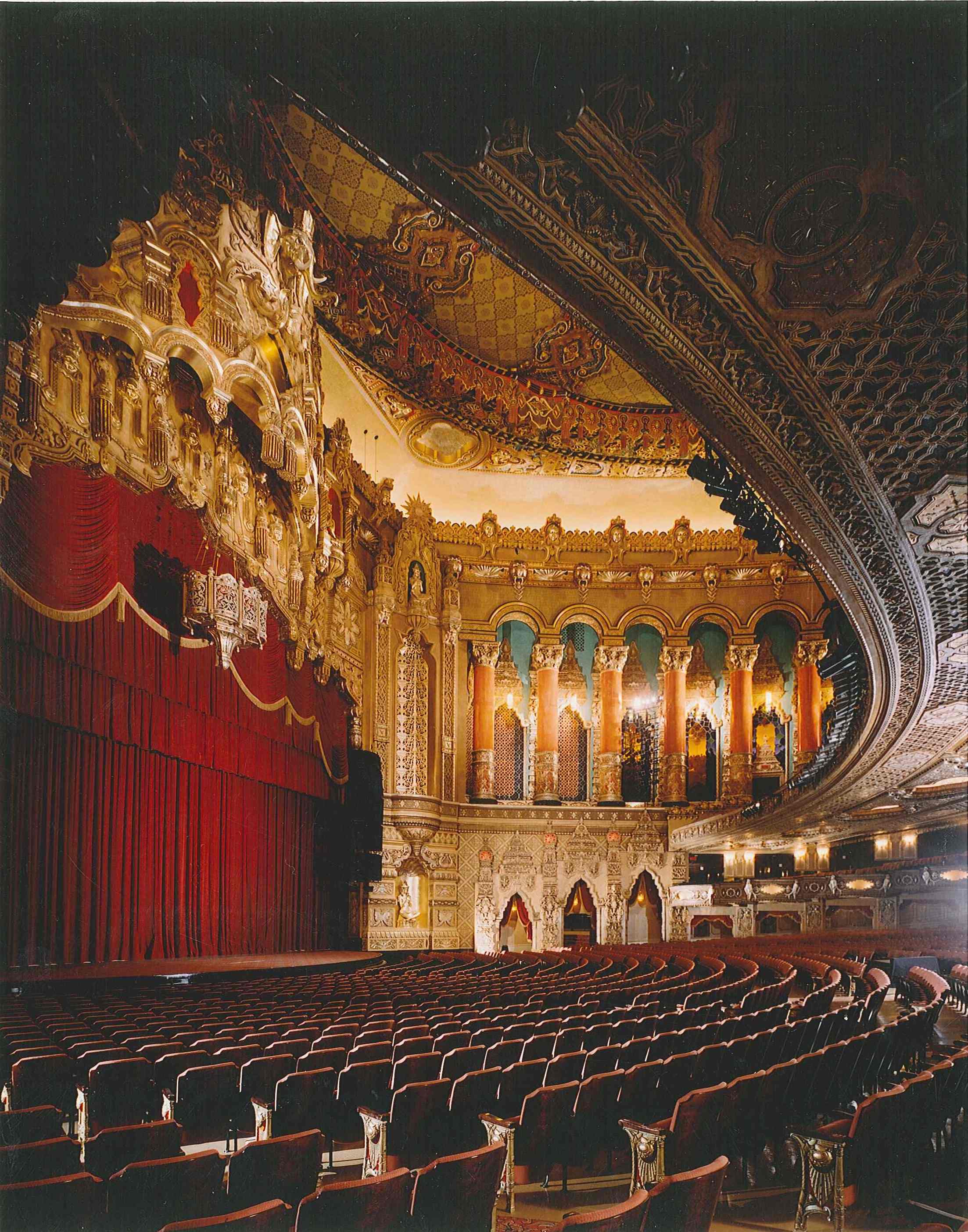
It took only six decades of “progressive” policies to bring a great city to its knees.
By Mark Steyn
By
the time Detroit declared bankruptcy, Americans were so inured to the
throbbing dirge of Motown’s Greatest Hits — 40 percent of its
streetlamps don’t work; 210 of its 317 public parks have been
permanently closed; it takes an hour for police to respond to a 9-1-1
call; only a third of its ambulances are driveable; one-third of the
city has been abandoned; the local realtor offers houses on sale for a
buck and still finds no takers; etc., etc. — Americans were so inured
that the formal confirmation of a great city’s downfall was greeted with
little more than a fatalistic shrug.
But it shouldn’t be. To achieve this level of devastation, you
usually have to be invaded by a foreign power. In the War of 1812, when
Detroit was taken by a remarkably small number of British troops without
a shot being fired, Michigan’s Governor Hull was said to have been
panicked into surrender after drinking heavily.
Two centuries later,
after an almighty 50-year bender, the city surrendered to itself. The
tunnel from Windsor, Ontario, to Detroit, Michigan, is now a border
between the First World and the Third World — or, if you prefer, the
developed world and the post-developed world. To any American
time-transported from the mid 20th century, the city’s implosion would
be literally incredible: Were he to compare photographs of today’s
Hiroshima with today’s Detroit, he would assume Japan won the Second
World War after nuking Michigan. Detroit was the industrial powerhouse
of America, the “arsenal of democracy,” and in 1960 the city with the
highest per capita income in the land. Half a century on, Detroit’s
population has fallen by two-thirds, and in terms of “per capita
income,” many of the shrunken pool of capita have no income at all
beyond EBT cards. The recent HBO series Hung recorded the
adventures of a financially struggling Detroit school basketball coach
forced to moonlight as a gigolo. It would be heartening to think the
rest of the bloated public-sector work force, whose unsustainable
pensions and benefits have brought Detroit to its present sorry state
(and account for $9 billion of its $11 billion in unsecured loans),
could be persuaded to follow its protagonist and branch out into the
private sector, but this would probably be more gigolos than the market
could bear, even allowing for an uptick in tourism from Windsor.
So,
late on Friday, some genius jurist struck down the bankruptcy filing.
Judge Rosemarie Aquilina declared Detroit’s bankruptcy
“unconstitutional” because, according to the Detroit Free Press,
“the Michigan Constitution prohibits actions that will lessen the
pension benefits of public employees.” Which means that, in Michigan,
reality is unconstitutional.

So a bankrupt ruin unable to declare bankruptcy is now back to selling off its few remaining valuables, as I learned from a Detroit News
story headlined “Howdy Doody May Test Limits of Protecting Detroit
Assets.” For those of you under 40 — okay, under 80 — Howdy Doody is the
beloved American children’s puppet, in western garb with a beaming
smile and 48 freckles, one for every state, which gives you some idea of
when his heyday was. The Howdy Doody Show ended its run on
September 24, 1960, which would have made sense for Detroit, too. The
city’s Institute of Arts paid $300,000 for the original Howdy Doody
puppet — or about the cost of 300,000 three-bedroom homes. Don’t get too
excited — you can’t go to Detroit and see him on display; he’s in
storage. He’s in some warehouse lying down doing nothing all day long,
like so many other $300,000 city employees. Instead of selling him off,
maybe they should get him moonlighting as a gigolo and sell it to HBO as
Hungy Doody (“When you’re looking for the real wood”). What else is
left to sell? The City of Windsor has already offered to buy the Detroit
half of the Detroit/Windsor tunnel, perhaps to wall it up.
With
bankruptcy temporarily struck down, we’re told that “innovation hubs”
and “enterprise zones” are the answer. Seriously? In my book After America,
I observe that the physical decay of Detroit — the vacant and derelict
lots for block after block after block — is as nothing compared to the
decay of the city’s human capital. Forty-seven percent of adults are
functionally illiterate, which is about the same rate as the Central
African Republic, which at least has the excuse that it was ruled
throughout the Seventies by a cannibal emperor. Why would any genuine
innovator open a business in a Detroit “innovation hub”? Whom would you
employ? The illiterates include a recent president of the school board,
Otis Mathis, which doesn’t bode well for the potential work force a
decade hence.
Given their respective starting points, one has to
conclude that Detroit’s Democratic party makes a far more comprehensive
wrecking crew than Emperor Bokassa ever did. No bombs, no invasions, no
civil war, just “liberal” “progressive” politics day in, day out.
Americans sigh and say, “Oh, well, Detroit’s an ‘outlier.’” It’s an
outlier only in the sense that it happened here first. The same malign
alliance between a corrupt political class, rapacious public-sector
unions, and an ever more swollen army of welfare dependents has been
adopted in the formally Golden State of California, and in large part by
the Obama administration, whose priorities — “health” “care” “reform,”
“immigration” “reform” — are determined by the same
elite/union/dependency axis. As one droll tweeter put it, “If Obama had a
city, it would look like Detroit.”

After
the Battle of Saratoga, Adam Smith famously told a friend despondent
that the revolting colonials were going to be the ruin of Britain,
“There is a great deal of ruin in a nation” — and in a great city, too.
If your inheritance includes the fruits of visionaries like Henry Ford,
Walter Chrysler, and the Dodge brothers, you can coast for a long time,
and then decline incrementally, and then less incrementally, and then
catastrophically, until what’s left is, as the city’s bankruptcy
petition puts it, “structurally unsound and in danger of collapse.”
There is a great deal of ruin in advanced societies, but even in Detroit
it took only six decades.
'Structurally unsound and in danger of collapse”: Hold that thought.
Like Detroit, America has unfunded liabilities, to the tune of $220
trillion, according to the economist Laurence Kotlikoff. Like Detroit,
it’s cosseting the government class and expanding the dependency class,
to the point where its bipartisan “immigration reform” actively recruits
50–60 million low-skilled chain migrants. Like Detroit, America’s
governing institutions are increasingly the corrupt enforcers of a
one-party state — the IRS and Eric Holder’s amusingly misnamed
Department of Justice being only the most obvious examples. Like
Detroit, America is bifurcating into the class of “community organizers”
and the unfortunate denizens of the communities so organized.
The
one good thing that could come out of bankruptcy is if those
public-sector pensions are cut and government workers forced to learn
what happens when, as National Review’s
Kevin Williamson puts it, a parasite outgrows its host. But, pending an
appeal, that’s “unconstitutional,” no matter how dead the host is.
Beyond that, Detroit needs urgently both to make it non-insane for
talented people to live in the city, and to cease subjecting its present
population to a public “education” system that’s little more than
unionized child abuse. Otherwise, Windsor, Ontario, might as well annex
it for a War of 1812 theme park — except if General Brock and the Royal
Newfoundland Fencibles had done to Detroit what the Democratic party did
they’d be on trial for war crimes at The Hague.
— Mark Steyn, a National Review columnist, is the author of After America: Get Ready for Armageddon. © 2013 Mark Steyn
http://tinyurl.com/nbcgr3k
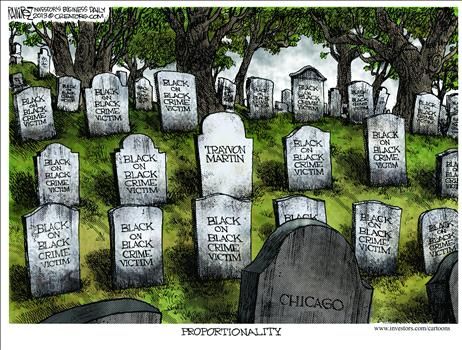



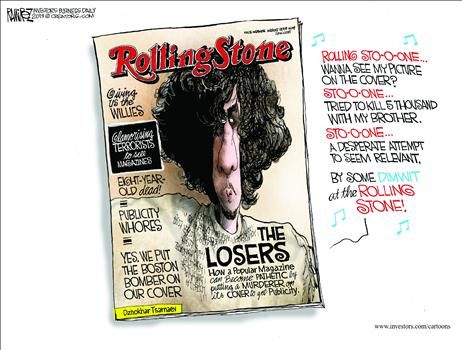








![[image] [image]](http://i450.photobucket.com/albums/qq228/kerouac2/Detroit11.jpg)





![[image] [image]](http://i450.photobucket.com/albums/qq228/kerouac2/Detroit.jpg)


![[image] [image]](http://i450.photobucket.com/albums/qq228/kerouac2/Detroit101913.jpg)
![[image] [image]](http://i450.photobucket.com/albums/qq228/kerouac2/Detroit9MichiganCentral.jpg)









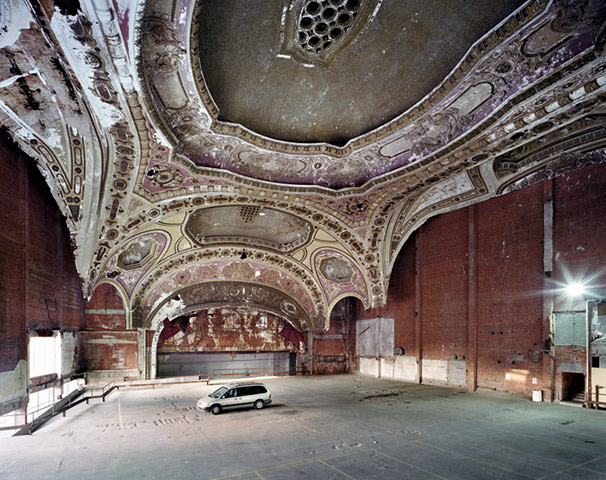
















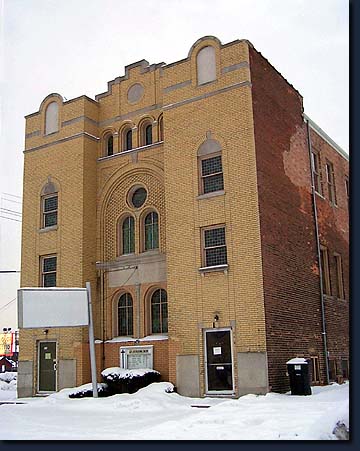
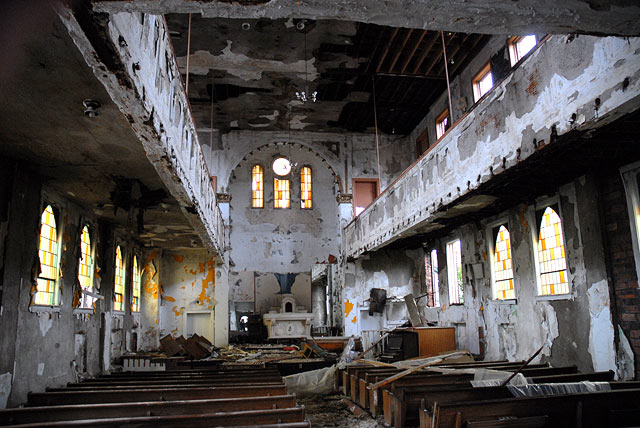
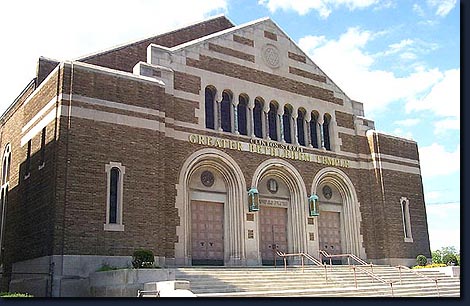
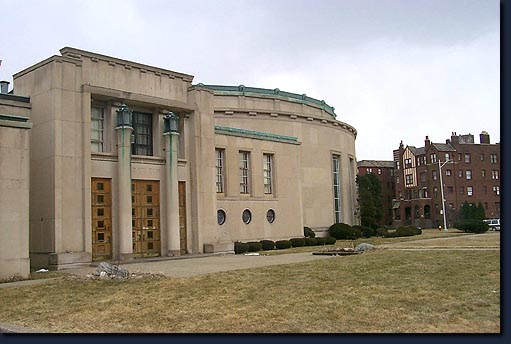








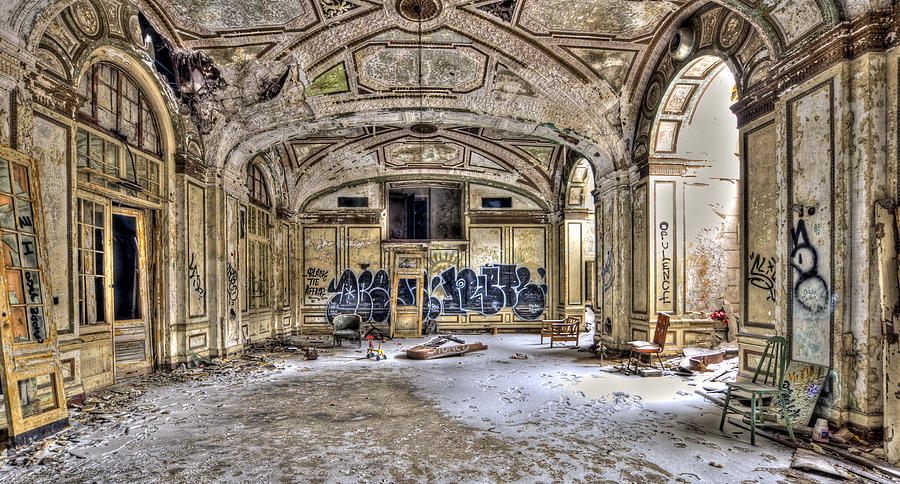
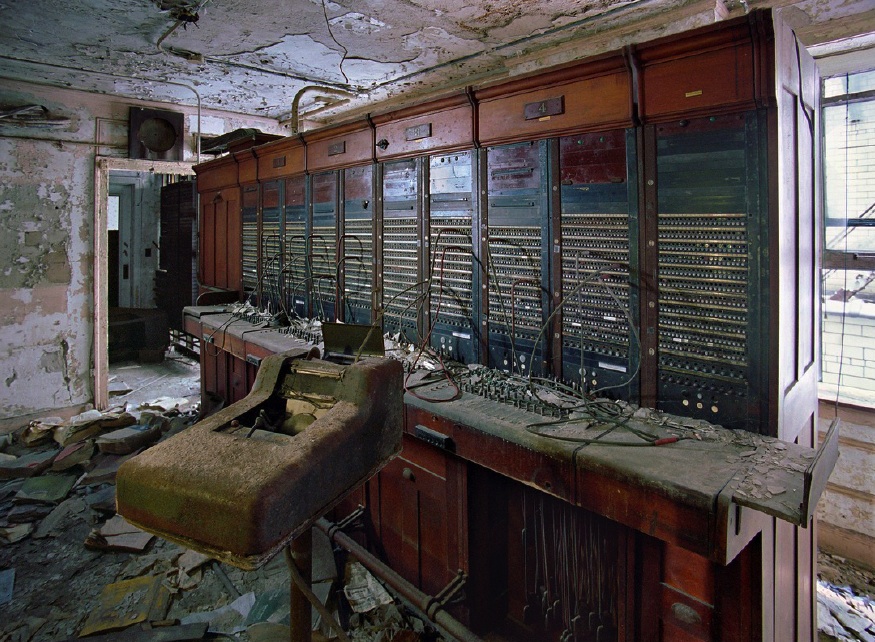


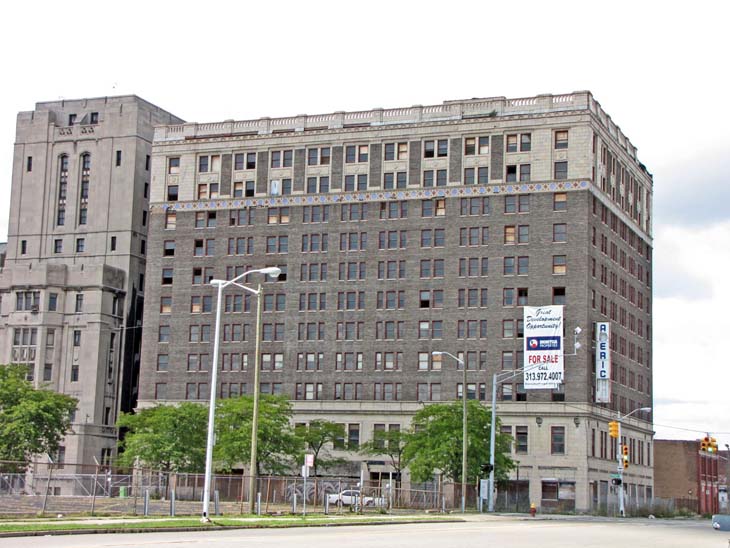












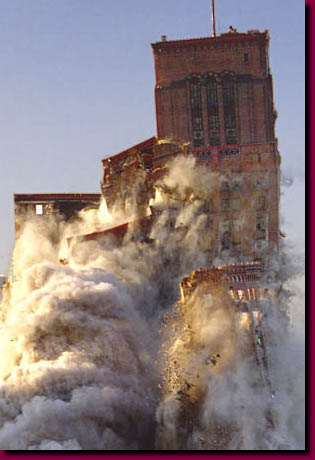









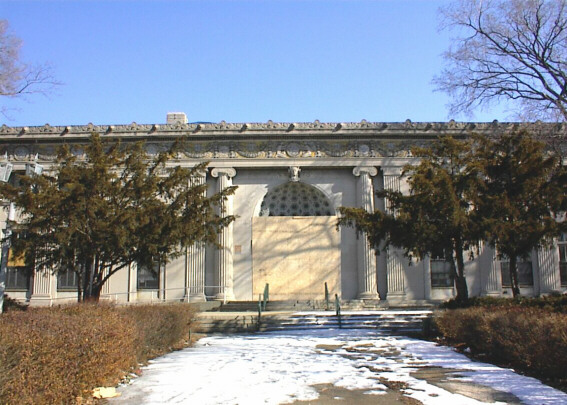










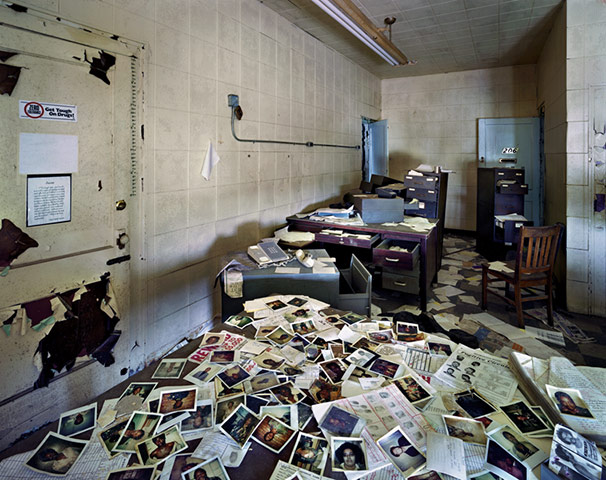








































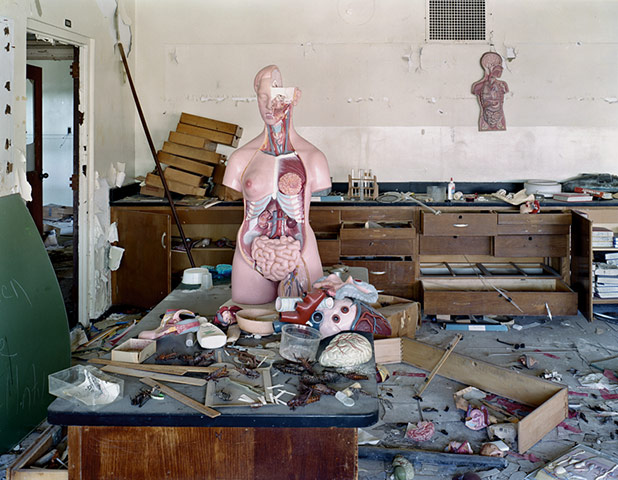
![[image] [image]](http://i450.photobucket.com/albums/qq228/kerouac2/abandoned_detroit_schools_2.jpg)
![[image] [image]](http://i450.photobucket.com/albums/qq228/kerouac2/abandoned_detroit_schools_3.jpg)
![[image] [image]](http://i450.photobucket.com/albums/qq228/kerouac2/abandoned_detroit_schools_5.jpg)
![[image] [image]](http://i450.photobucket.com/albums/qq228/kerouac2/abandoned_detroit_schools_8.jpg)
![[image] [image]](http://i450.photobucket.com/albums/qq228/kerouac2/abandoned_detroit_schools_11.jpg)
![[image] [image]](http://i450.photobucket.com/albums/qq228/kerouac2/abandoned_detroit_schools_12.jpg)











![[image] [image]](http://i450.photobucket.com/albums/qq228/kerouac2/ruinb.jpg)
![[image] [image]](http://i450.photobucket.com/albums/qq228/kerouac2/ruinc.jpg)
![[image] [image]](http://i450.photobucket.com/albums/qq228/kerouac2/ruind.jpg)
![[image] [image]](http://i450.photobucket.com/albums/qq228/kerouac2/ruine.jpg)











































































































